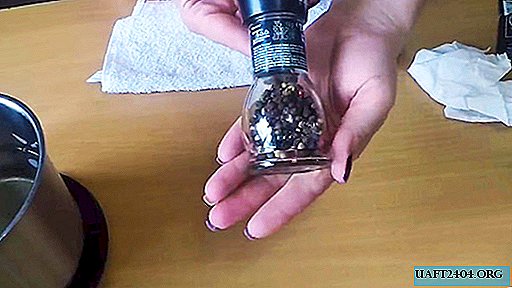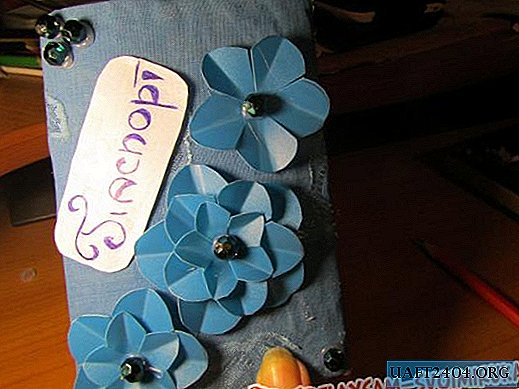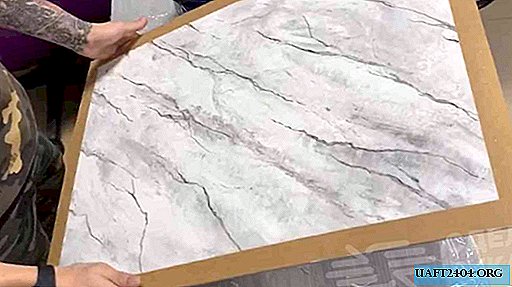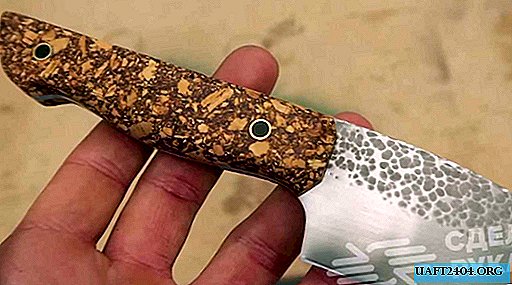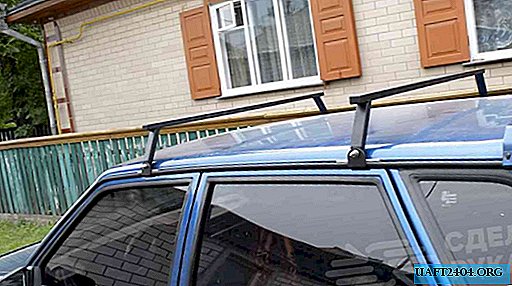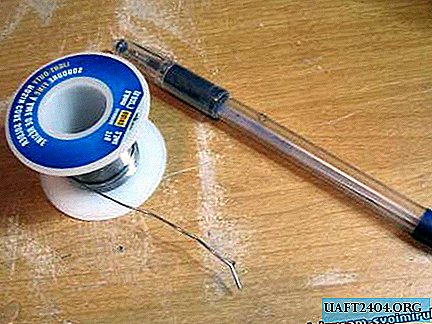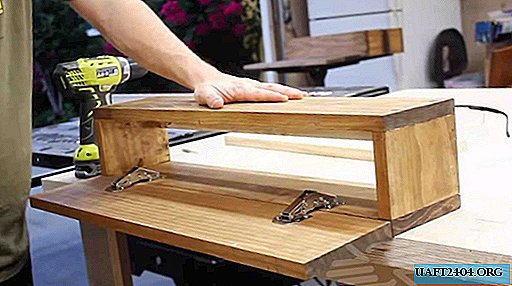Share
Pin
Tweet
Send
Share
Send
Thanks to the special design, they can also transport viscous substances, since they easily overcome backpressure and are easily cleaned (disinfected).
The main working bodies of the peristaltic pump is an elastic hose lying along the perimeter of the housing, usually along an arc, which is periodically clamped by rotating rollers mounted on a special drive.
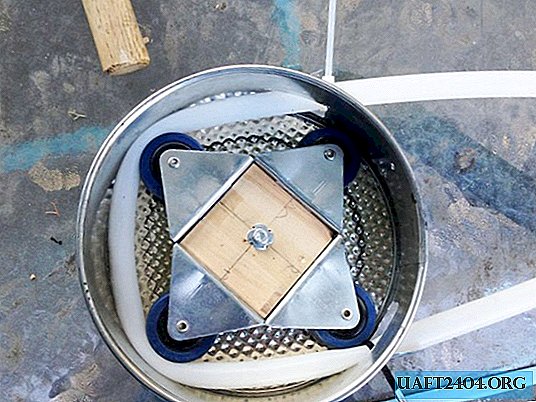
The rotor, rotating, with its rollers forms sections with a locked liquid and gradually moves them, first along the suction section, and then along its pumping part, which ensures pumping of the medium. Since the hose is made of elastic material, after passing through the rollers, it returns to its original shape and is ready to receive a new volume of water.
Pumps of this type are used in the chemical and food industries, pharmacology, medicine, etc. In everyday life, they are perfect for various purposes: pumping wort in a home brewery, food products such as pasta, cooling some unit or organizing a tool drive, for example Drills.
What is the need, possibility and advisability of making a peristaltic pump with your own hands? In principle, it can be bought in a store, but usually it is either mini-units with low consumption for laboratory purposes, or, conversely, very large for industrial use.
The production of such units with intermediate characteristics is quite limited. Therefore, to implement the above household tasks, the hose pump in the store may simply not be there. But it can be made independently, especially since this will not require special tools and expensive materials.
Peristaltic pump: expanding the concept of it
The principle of its operation is borrowed from biological systems. So, for example, the gastrointestinal tract of humans and animals works. Let's see how peristalsis is implemented in technical systems using the following videos.
Test 1: Pump operation with fluid intake above discharge level
It is shown how a peristaltic pump works in favorable conditions due to the presence of a backwater at the inlet and a vacuum at the outlet. It can be seen that the process of pumping water proceeds without problems, only pulsation is noticeable, due to the presence of only 4 rollers and small revolutions of the drive - a drill.
Test 2: Pump Operation When Exceeding Discharge Above Liquid Intake
Such conditions require that the pump creates a larger head, since in addition to ensuring water flow, it is necessary to create a vacuum in the suction pipe and overcome the back pressure at the outlet, which causes a column of water from the pump to the discharge level. Nevertheless, in this case, the unit works and provides a tangible flow. It can be seen that with an increase in the speed of the drive (drill), the flow rate also increases.
Test 3: Showing the Hose Pump Device
The relative position of the main components and parts of the peristaltic pump — the case, the hose and the rotor with the rollers — is demonstrated. Their size ratio and the interaction of the rollers with an elastic hose are shown. The moment of water capture, its pushing along the hose and pushing into the pumping part is demonstrated.
Attention is paid to the installation and fastening of the rollers on the rotor and the rotor to the bottom from the outside using a system of washers and nuts, as well as hoses to the housing. It is shown how the shell detaches from the bottom.
DIY process for making a peristaltic pump
Work will require, in addition to tools and materials, some handling skills with both.
Logistics

The following list of materials is not binding: you can improvise and do what you have. I bring one of the options:
- a metal cake baking dish with a depth of 75 mm and a diameter of 240 mm;
- polyurethane rollers with a diameter of 50 mm - 4 pieces;
- silicone hose (diameter: outer - 20 mm, inner - 13 mm) 1500 mm long;
- a slice of hardwood 100 × 100 mm in size and 40–50 mm thick;
- 2 washers with a diameter of 25 mm and 13 mm;
- 2 M6 T-nuts (it is better if one of them is a cap);
- bolt M6 × 75 mm;
- wood screws 6 × 20 mm - 8 pieces.
I’m providing a complete list of tools (you can do with fewer, replace some items with others with the same functions, etc.):
- bench hammer;
- complex metal ruler;
- drill;
- set of drills;
- Dremel (mini-drill) with a grinding wheel and a cutting disc;
- ratchet key (socket) by 11 mm;
- 11 mm wrench;
- drilling machine;
- square and framing square;
- circular saw or hand saw.
Preparing a square base for attaching rollers
This is one of the most critical stages, so you need to be extremely accurate and accurate.

The sequence of steps is as follows:
1. We put a square billet of wood in the body of the future pump - a baking dish, along with the rollers (fitting).
2. We determine the size of the wooden block for installing all 4 rollers. Half of the side of the square will correspond to 52.4 mm.
3. Set aside 52.4 mm on each side of the wooden blank 2 times and cut out a square with an allowance using a saw.
4. After careful measurements and fittings, we determine the final length of the side of our square - 94.5 mm.
5. We drill on a drilling machine in the center of a wooden square a small diameter hole.
6. Drill the resulting hole to the required size.
7. We design a hole above and below the T-shaped nuts.
8. Insert the T-nuts tightly in place. This can be done by screwing and tightening regular T-nuts over the T-nuts.
9. Temporarily unscrew the bolt to facilitate the next step.
Preparation and installation of rollers for a square block
It should be borne in mind that the rollers we selected were intended for freight carts, so they are not too accurate to perform the new function intended for them. To minimize their manufacturing errors, we number the sides of the square and the rollers, and also fix them to the wooden base so that the axis of the rivets of all the rollers are outside.
1. For definiteness, we outline the front side on a wooden block.
2. We lay the unit face up on a horizontal surface. If it is unstable due to the T-nut, put one of the large washers under it.
3. We place each roller on the sides of the square block, observing the numbering.
4. We mark with a pencil or marker on the sides of the block the centers of the holes in the brackets of the rollers intended for fastening with screws to a wooden base.


5. Mark the holes at a slight angle so that adjacent screws do not touch. To do this, it is enough to drill each hole for an even screw up, and an odd one down. The diameter of the drill must be clearly less than the diameter of the fasteners.
6. Screws each roller bracket to its side with screws, once again checking the accuracy of the holes on the bracket and in the wooden block.
7. After fixing all the brackets, make sure that the lower side surface of the bracket coincides with the plane of the wooden block.

Finding the center of the bottom of the body and drilling a hole
1. Remove the bottom of the cake pan. Naturally, it should be round and flat.
2. Using a metal compass and other measuring devices, we find the geometric center of the round bottom and mark it with a marker or core.


3. In the marked place we drill a hole with a drill or on a drilling machine, given that the bottom material is quite thin.
4. Smooth the resulting hole with a dremel and suitable nozzles.
Installing the rotor with rollers on the housing
1. We insert a bolt with a T-shaped nut from above into the central hole of the wooden block. Between the block and the bottom of the housing we install one or two wide and small washers.

2. Pass the bolt through the metal bottom of the housing.
3. Install large and small washers on the end of the bolt.
4. We twist the first nut so that it only compresses the large washer. This will allow the bolt to rotate freely. On top of the first we wind the second until they touch. Then we unscrew the top nut, holding the bottom. The result is a kind of lock that does not interfere with the rotation of the bolt, but at the same time prevents it from moving in the longitudinal direction. It is better if the second nut is union.


5. Now the rotor with four rollers is installed in its place.

Preparing holes in the body for a flexible hose
One of the main elements of the peristaltic pump - a flexible hose, must have an entrance to the housing and exit from it.
1. Choose a place for the holes on the side of the case. They should be located below in the plane in which the hose lies in the case, and in the radial direction - in position 10 and 2 (as on the watch dial) with respect to the lock (12 on the watch dial).

2. In the designated places with a marker or scriber, draw a rectangular outline of the holes.
3. Cut out the holes according to the marking using a dremel and a suitable disk, leaving only the vertical farthest from the castle not cut.
4. Slightly bend the "tabs" out.

5. We grind a contour of openings and "tongues".
6. Pass the ends of the hose through the holes made.
7. Attach the hose to the “tongues” with the help of plastic clamps.


Pump setup and test
Basically, our peristaltic homemade pump is ready to go.
1. Make sure that the hose lies along the side wall of the housing and grabs the rollers.
2. We snap the lock, after making sure that the bottom fell into the groove on the side wall.
3. Rotate the rotor manually several times and find out that all the interacting parts of the pump work as expected.

Checking the pump in action
For this, the suction end of the flexible hose pre-filled with water is lowered into a container of water. Using the appropriate adapter, we act on the rotor through the T-nut, having previously established the necessary direction of rotation, at first slowly, then, gradually, increasing the speed.
Properly and efficiently assembled the pump will begin to suck in water from one tank and pump it into another.

Pump improvement
With the first version of the peristaltic pump, you can experiment. For example, use an electric gear motor instead of a drill as a drive.
Check how the wort transfer will affect the performance and reliability of the pump. It is also good to try to make individual parts from various materials.
In a word, the peristaltic pump gives you the opportunity to be creative and opens up new ways to improve it.
Original article in English
Share
Pin
Tweet
Send
Share
Send

